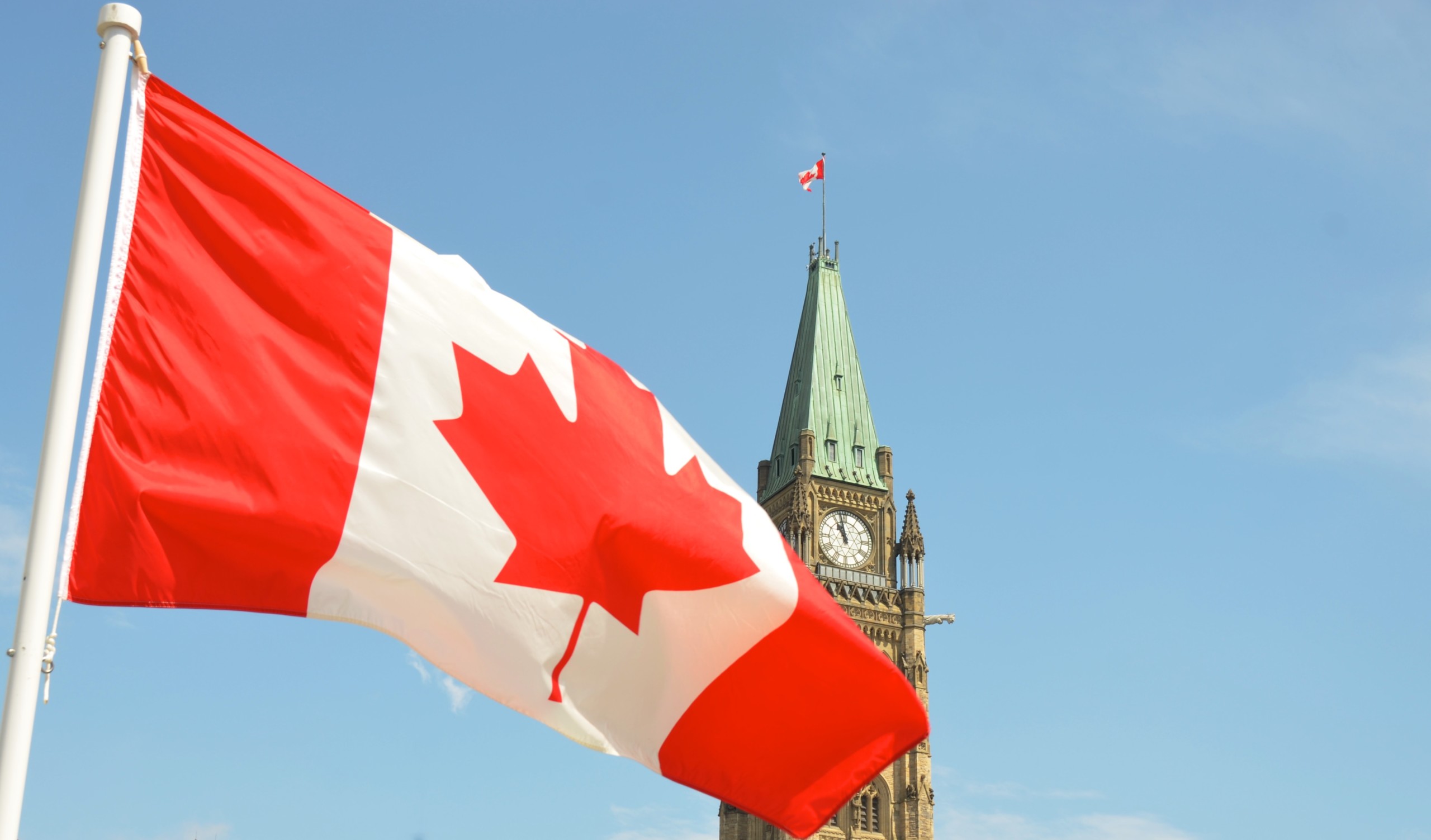This website uses cookies so that we can provide you with the best user experience possible. Cookie information is stored in your browser and performs functions such as recognising you when you return to our website and helping our team to understand which sections of the website you find most interesting and useful.
Press Room
Canada Adds Plastics to its List of “Toxic” Substances
May 14, 2021
As anticipated, Canada’s government announced on May 12 that it has designated “plastic manufactured items” as a toxic substance under the Canadian Environmental Protection Act (CEPA). Canada’s food and plastics industry has advocated against the “toxic” designation, which would pave the way for proposed measures to reduce plastic waste introduced last fall. Those measures including a ban on six single-use products and having producers pay for recycling. This unprecedented and unscientific decision by a nation state puts the future of plastic products in Canada – and potentially other nations – into uncharted waters.
The Vinyl Institute (VI) and the Vinyl Institute of Canada (VIC) had worked collectively and with other industry stakeholders to prevent this outcome. On April 20, 2020 VI filed comments in opposition to the misguided proposal, pointing out the flaws and narrow focus of the Draft Science Assessment of Plastic Pollution. Nevertheless, on October 7, 2020, Environment and Climate Change Canada (ECCC) published the Science Assessment of Plastic Pollution with very few changes and this document served as the basis for a proposal to list plastic manufactured items on CEPA Schedule 1 on Oct. 7, 2020. VI again objected in writing on Dec. 9, 2020 and, along with many other plastic industry stakeholders, asked ECCC to form a Board of Review using a mix of plastic industry experts, academia, and public officials to strengthen the science in government decision-making and fill the gaps in the Science Assessment. ECCC rejected the industry recommendation to form a Board of Review claiming that additional information was not provided to raise any uncertainty about adopting the proposed Order. A quantitative risk assessment was never conducted to determine whether “plastic manufactured items” are toxic substances under CEPA.
VI also had multiple meetings with staff at the United States Trade Representative’s (USTR) office to make the case that Canada’s actions are in violation of the USMCA. Despite all of these and efforts and coordination with allies, in the end it came down to a political decision. This week, Environmental Minister, Jonathan Wilkinson, claimed that the move will allow the country to move forward with a comprehensive plan to keep plastics in the economy and out of the environment, but the Chemistry Industry Association of Canada (CIAC) says the regulatory listing could harm investment in the country’s plastic sector and deter investments needed to make the country’s plastics sector more circular. “We will continue to work with the federal government to understand the scope of impacts on businesses stemming from regulations expected later this year,” the group said.
Predictably, environmental groups praised the decision, saying that the “CEPA toxic” designation will allow the country to move forward with regulations to help reduce pollution and support a low-carbon economy. Meanwhile plastic manufacturers are reminding the public and policy makers that the listing will do little to keep the plastics out of the environment but will only harm manufacturers and consumers. They maintain the need to develop recycling technologies and build end markets for recycled plastics as the best way to realize Canada’s goal of zero plastic waste.
Canada’s largest plastic resin producer, Nova Chemicals Corp., and other plastics companies have filed a formal objection with the government. Nova says the products are not toxic under the CEPA definition and that the government’s scientific assessment makes clear that the problem is not with plastics as a material but rather improper waste management. The company is requesting a review panel to examine the CEPA listing.
The American Chemistry Council said in a statement that a CEPA listing will confuse consumers and could lead to substitutions with alternative products with higher greenhouse gas impacts. Meanwhile, the Plastics Industry Association filed a formal complaint with the Canadian government, arguing that the “false labeling” could amount to a technical barrier to trade that violates World Trade Organization rules.


